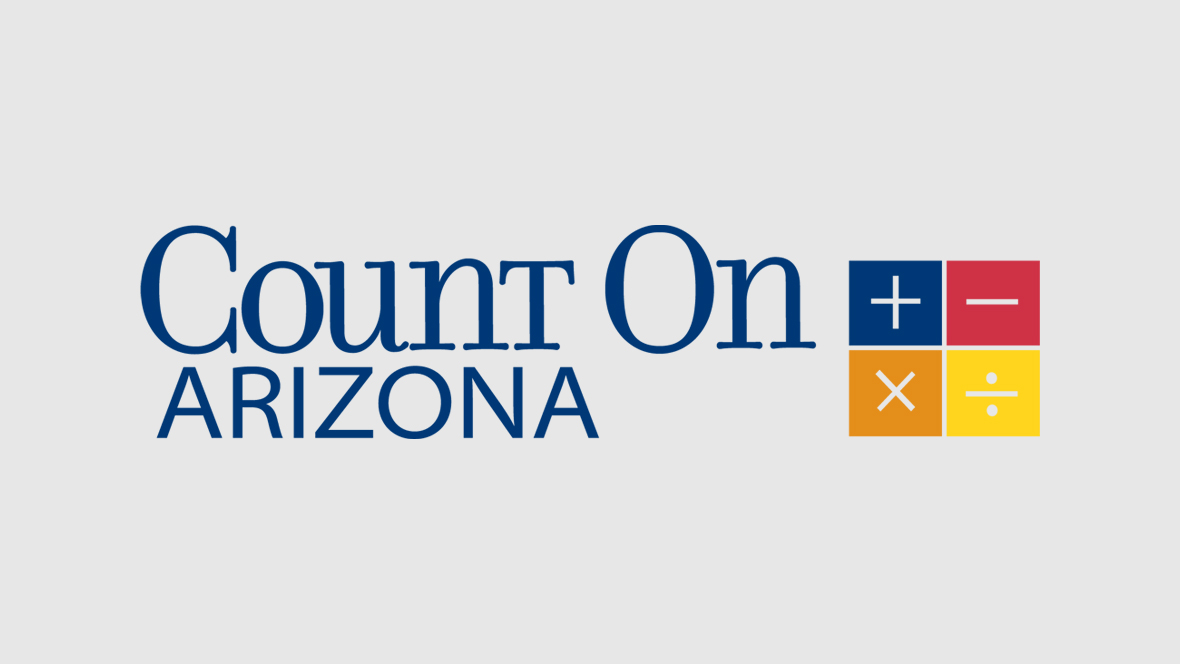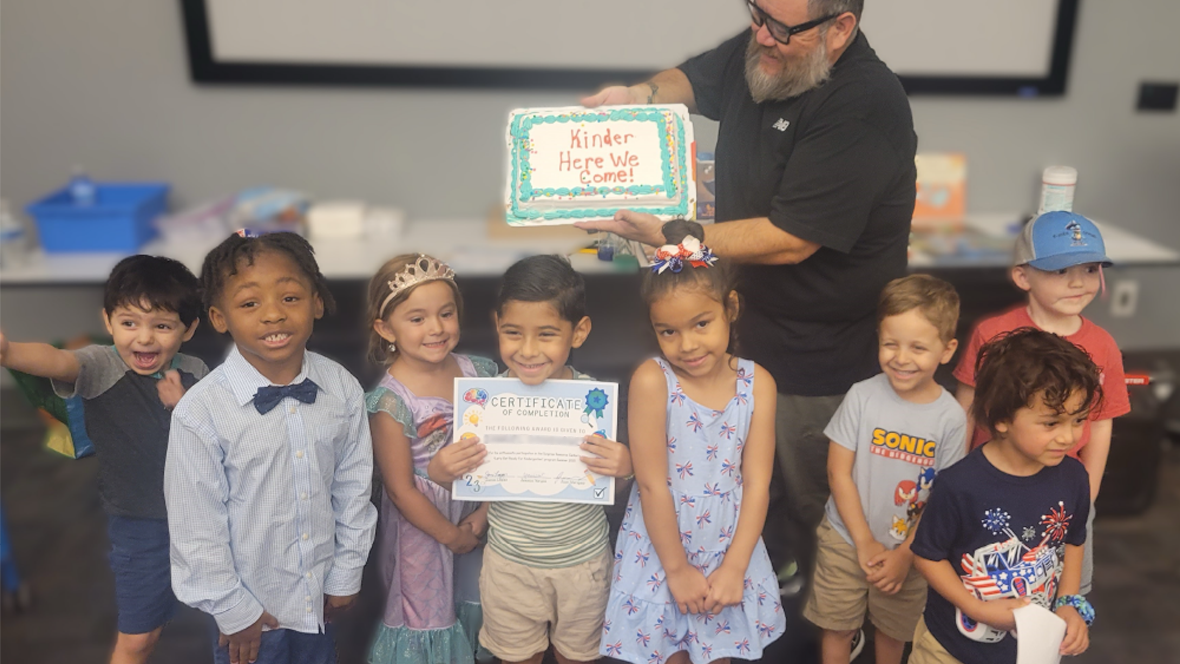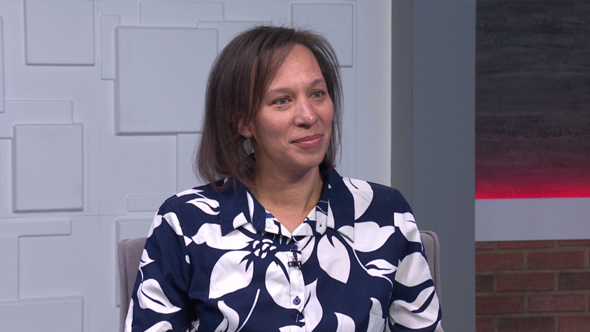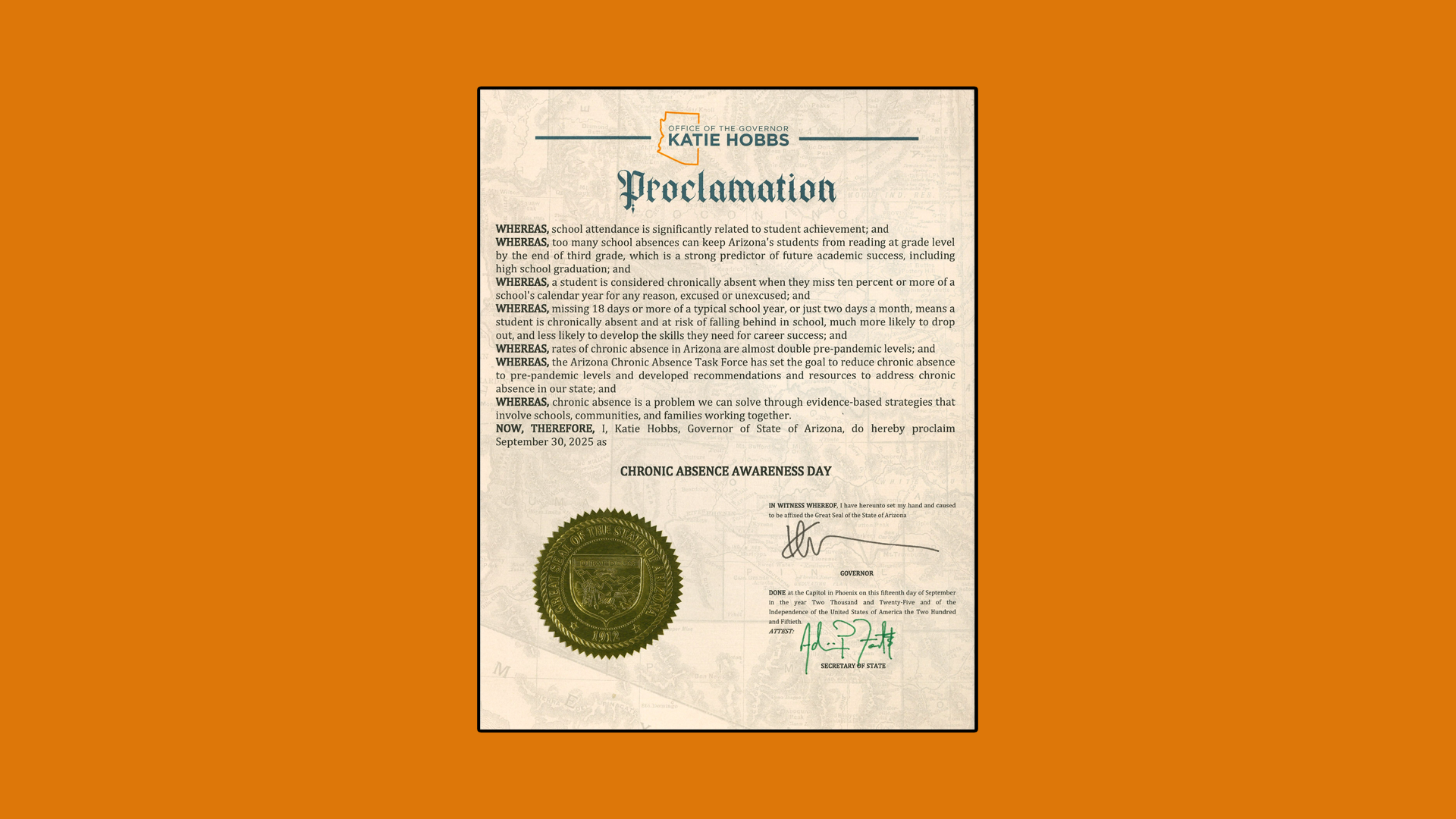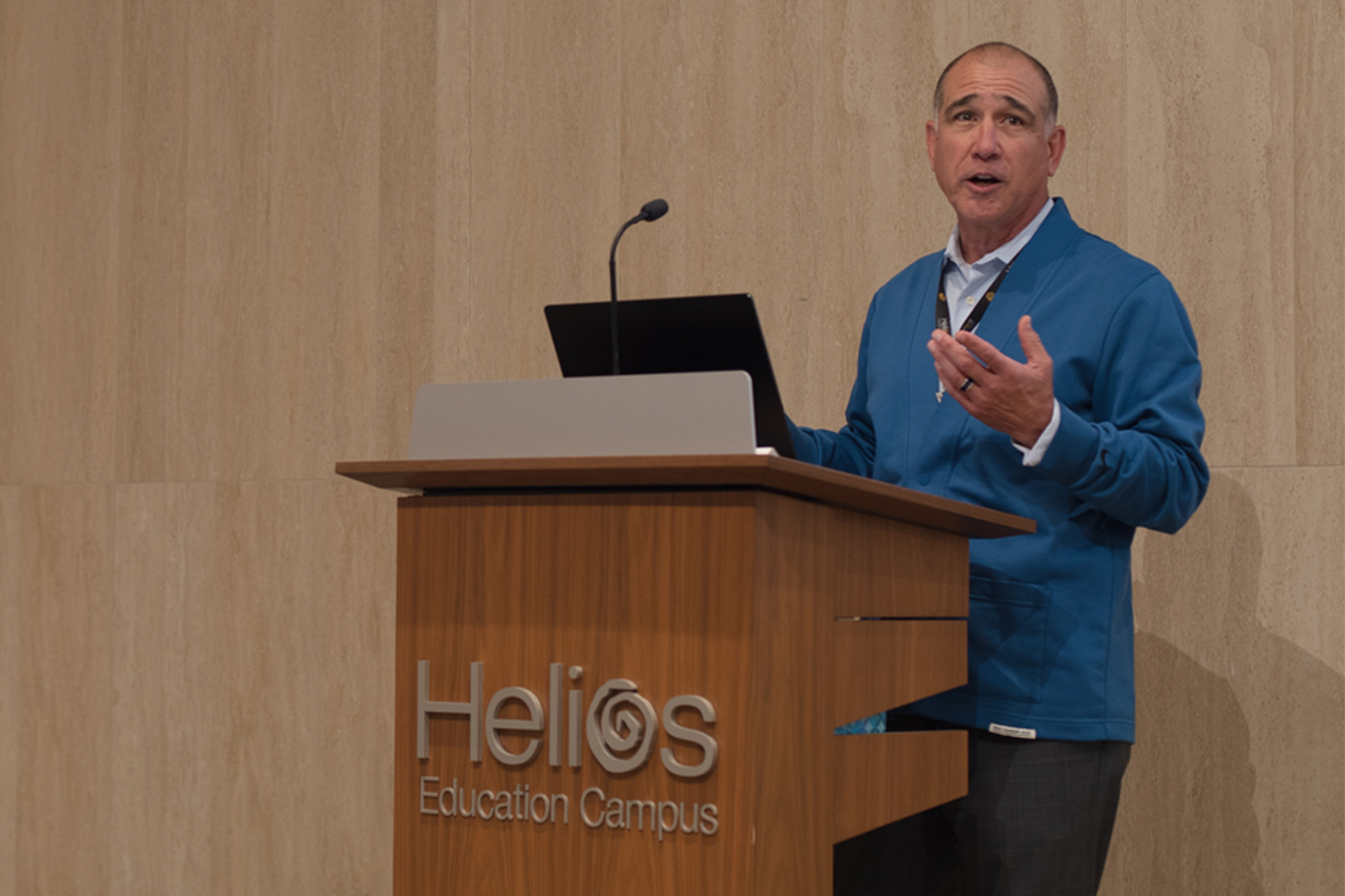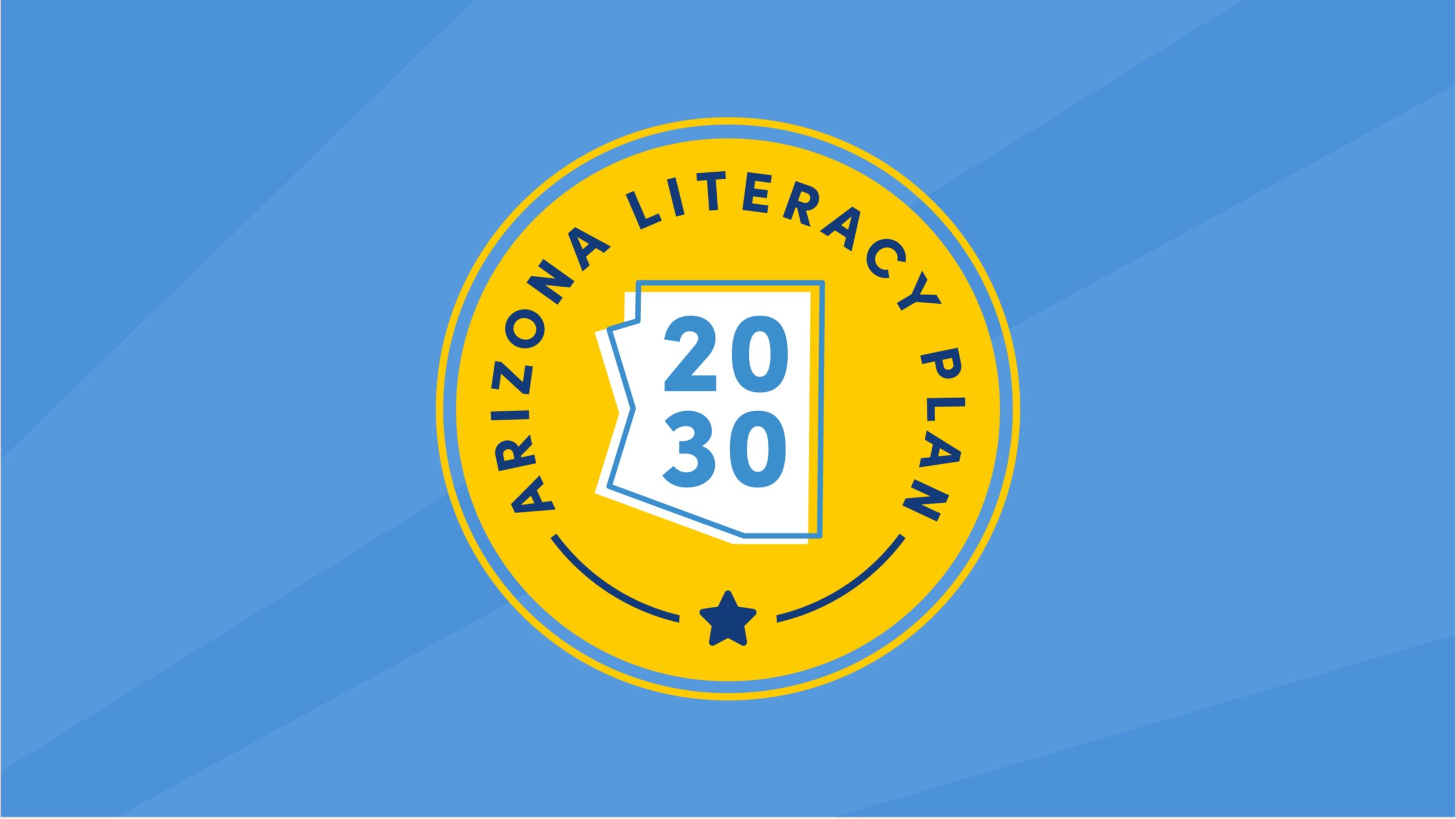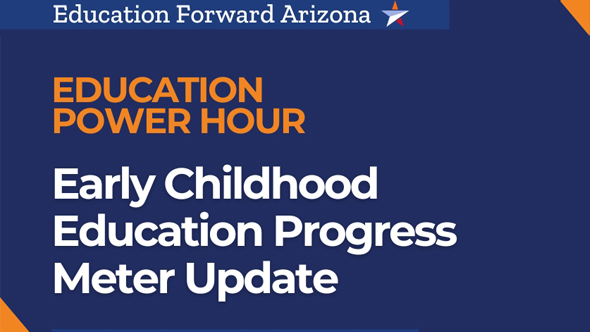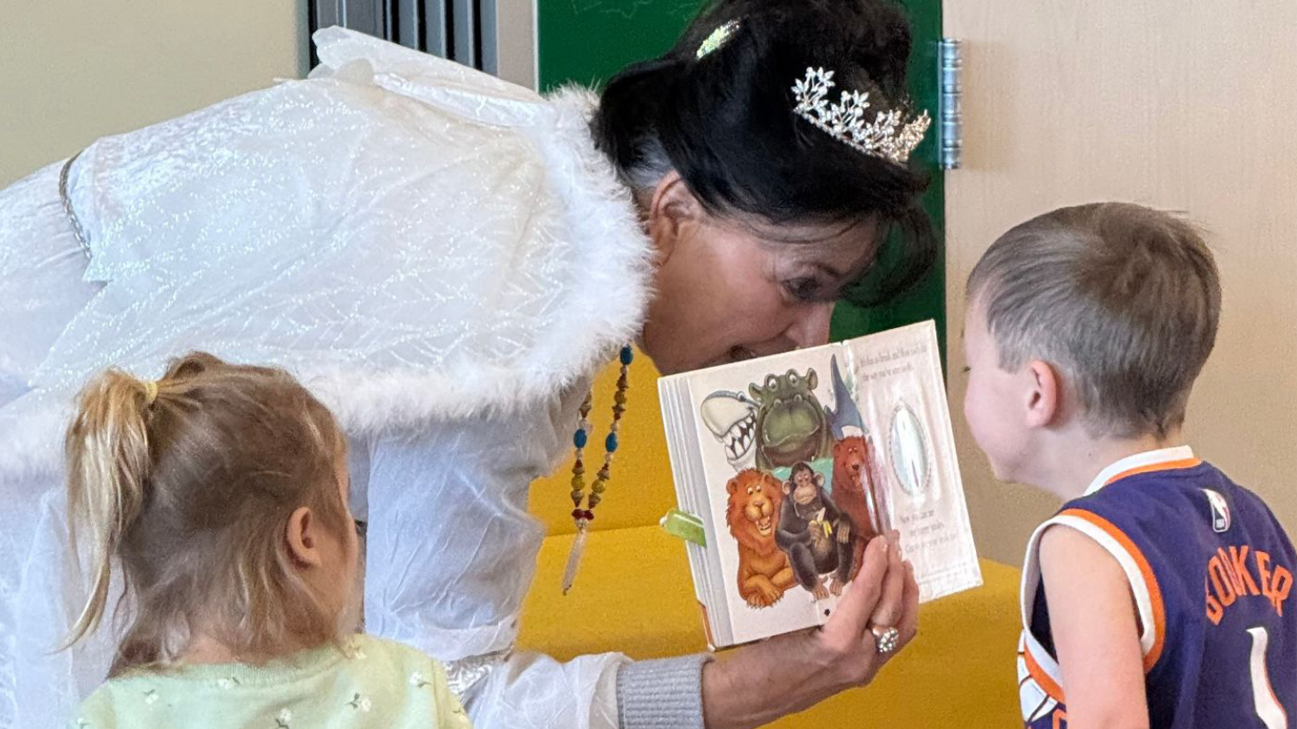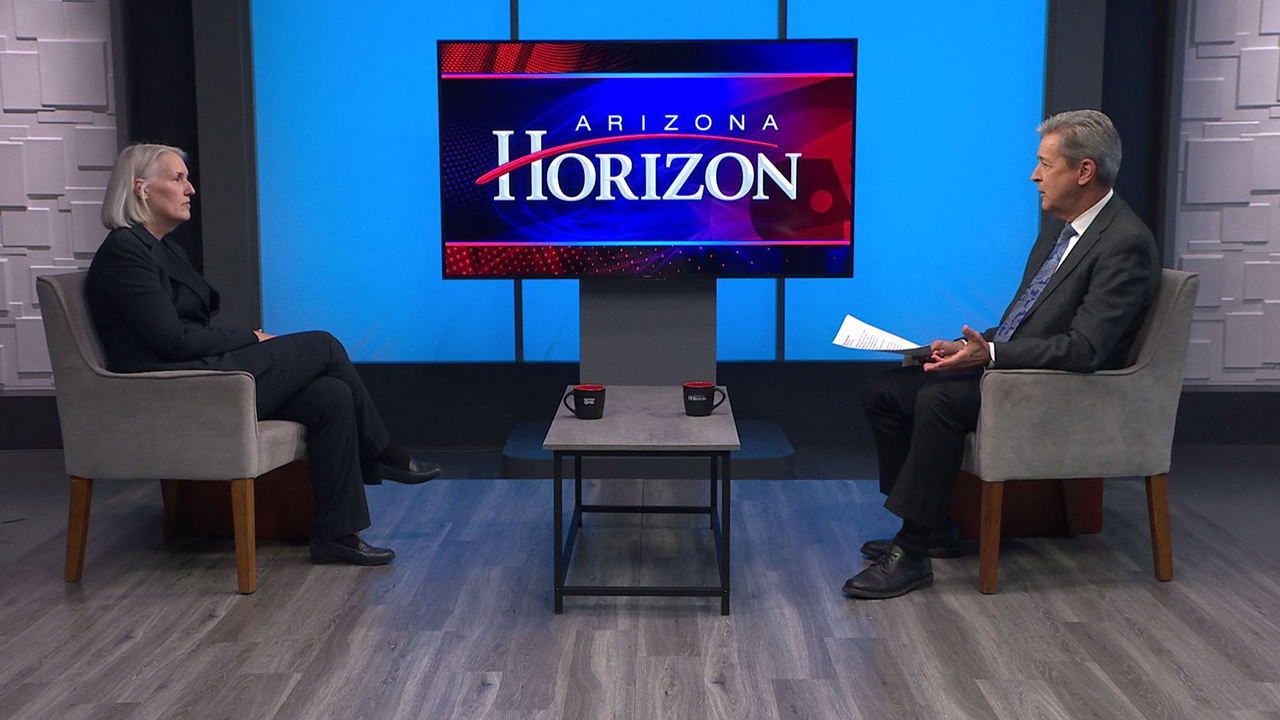April 06, 2025
State Strategies
Terri Clark, Arizona Literacy Director, Read On Arizona
Early literacy is the key to learning. It’s also a key investment in Arizona’s economic well-being.
Recent reports have created some alarm about a stall in Arizona’s progress on reading. After a decade of steady increases, Arizona’s 4th graders’ scores dropped precipitously on the 2024 National Assessment of Education Progress (NAEP). The Arizona Education Progress Meter shows that only 39% of third-graders score at or above proficient on the state’s annual assessment. On both assessments, scores remain significantly below pre-pandemic levels.
Lawmakers, educators, community partners and parents are right to be concerned, but we must not be discouraged.
Arizona is one of a handful of states with the fundamental components of a comprehensive set of early literacy policies and legislation that are proven to drive improved reading outcomes. It is time for Arizona’s policymakers and educators to accelerate the implementation of strategies that have been successful in other states.
This month, Read On Arizona launches the Literacy is the Key campaign to increase public awareness and understanding that early literacy plays a vital role in student success, and that children can indeed learn to read when supported by effective, evidence-based reading instruction.
Our teachers and schools are working hard to teach students to read every day, but they need support. Partners in Read On Arizona have identified four key drivers to accelerate progress, and they are implementing programs across Arizona to improve early literacy and third-grade reading in our state:
- Ensuring educators have access to training and coaching in evidence-based literacy practices.
- Using high-quality curriculum and instructional materials.
- Giving families the tools to support school readiness and early literacy development.
- Expanding access to high-quality early learning.
Think of these strategies as a recipe, not a menu. We can’t pick and choose among them, but when used together, they produce positive results. Literacy outcomes will improve when these key drivers are effectively implemented at the system, state and school levels.
States such as Mississippi, Tennessee, and Louisiana offer a blueprint for success. Mississippi once ranked near the bottom in literacy but now outperforms the national average in fourth-grade NAEP reading. Tennessee paired rigorous instruction with statewide tutoring programs, yielding a seven-point proficiency jump on state tests in only three years, which were mirrored by NAEP gains.
For 10 years, Louisiana has provided high-quality instructional materials and professional development for teachers. It has also engaged families in children’s literacy development through community partnerships with local libraries, businesses, and nonprofits. It is the only state to improve its fourth-grade NAEP reading scores over the past five years.
Many of these strategies are already being implemented as part of Arizona’s 2030 literacy plan. All of our certified early grade educators are on track to be trained in the science of reading and to earn the K-5 Literacy Endorsement in the next three years. We’re also supporting schools and districts with guidance and resources on using evidence-based, high-quality instructional materials. One remaining high priority is increasing the number of literacy coaches in schools that have the most struggling readers.
For our reading strategies to succeed, we’ll need to address chronic absence, which is associated with poor learning outcomes, patterns of subsequent absence in later grades, and higher school dropout rates. Students need to be in school to become proficient readers. Almost one-quarter of Arizona public school students in grades one through eight were chronically absent during the 2023-24 school year. That’s an improvement since 2021-22, but it is still more than double that of pre-pandemic levels.
The Arizona Chronic Absence Task Force recommended setting a goal to reduce chronic absence to pre-pandemic levels by 2030. The Arizona Chronic Absence Resource Guide provides a framework to get there.
Progress comes from hard work. Successful implementation takes persistence and consistency. We can do better. Research says that 95% or more of children can learn to read with the right supports.
When we double down on the right supports, our children will be confident readers who excel in school and are prepared to succeed as adults.
Originally published as guest commentary by Arizona Capitol Times.
